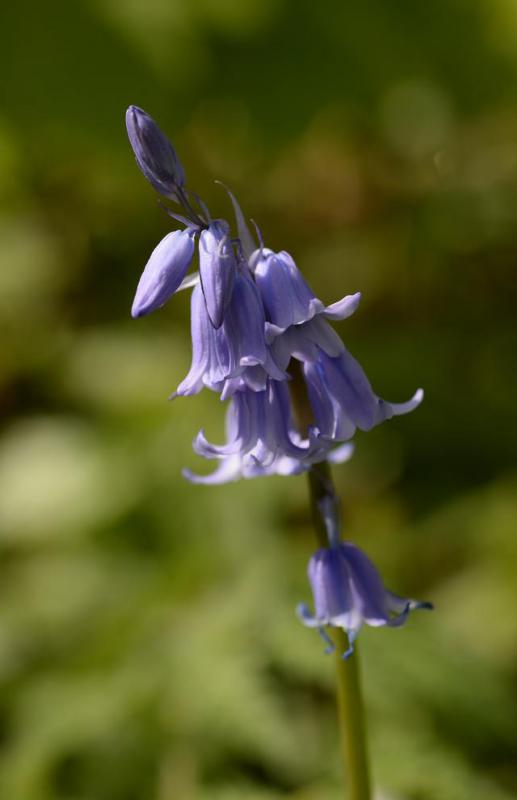At HomeQuestionsAnswered, we're committed to delivering accurate, trustworthy information. Our expert-authored content is rigorously fact-checked and sourced from credible authorities. Discover how we uphold the highest standards in providing you with reliable knowledge.
What is Hyacinthoides?
Hyacinthoides are a genera of plants commonly known as bluebells. There are 11 known species, with native members in areas of North Africa, Southern Europe and the British Isles. Hyacinthoides are in the larger family Hyacinthaceae, commonly called Hyacinth. Hyacinthoides are herbaceous perennials that grow from bulbs. The most common species are Hyacinthoides hispanica, which is commonly called the Spanish bluebell; Hyacinthoides italica, which is known as the Italian bluebell; and Hyacinthoides non-scripta, which is known as the common bluebell and is the national flower of the British Isles.
The Spanish bluebell, Hyacinthoides hispanica, is the largest of the hyacinthoides, with a flower stalk of up to 18 inches (about 45 cm) tall. Each flower stalk produces about 12 blue or violet, colored bell-shaped flowers scattered along the upper portion of the flower stalk. The Spanish bluebell blooms in the spring and is the most common variety planted in gardens and landscaped areas. In Mediterranean climates, the Spanish bluebell thrives to the point of being invasive. It is native to Spain, Portugal and areas of West Africa.

Hyacinthoides italica is native to northwest Italy, France and parts of Spain. The Italian bluebell grows wild in rocky areas. The flower stalk is 6 inches (about 15 cm) tall, with a cluster of star-shaped violet to blue flowers at the top. This small, hardy variety blooms in the late fall and winter.
The Hyacinthoides non-scripta variety is native to the British Isles. In England, it is called the common bluebell or wood squill, and in Scotland, it is known as wild hyacinth. The flowers bloom in quantity in the spring under the foliage canopy of deciduous trees. The rich blue flowers are bell-shaped and grow at the top of 11-inch (30-cm) stalks. The purity of Hyacinthoides non-scripta is threatened because it is easily cross-pollinated by insects with the common garden variety Hyacinthoides hispanica.
Spring-blooming varieties of this flower, such as the Spanish bluebell and the common bluebell, are planted in the fall. The varieties that bloom in the fall and winter, such as the Italian bluebell, are planted in the late spring and summer. The bulbs are planted 4 to 6 inches (about 12 to 15 cm) deep and 6 inches (about 15 cm) apart. Common bluebells need full to partial shade, and Italian and Spanish bluebells thrive in sun and partial shade. These types of plants provide an abundant source of color in a garden setting.
AS FEATURED ON:
AS FEATURED ON:











Discuss this Article
Post your comments